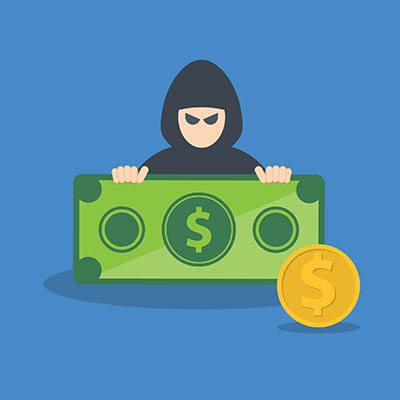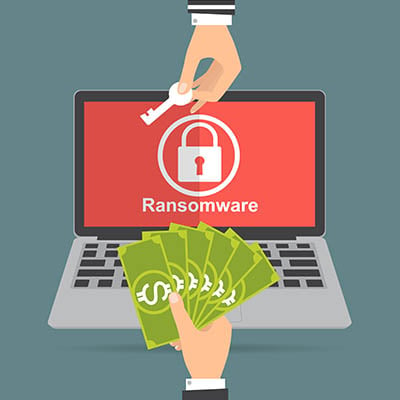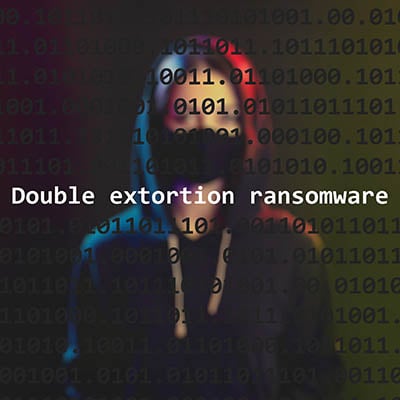Cyberthreats are no longer rare occurrences; they are constant, evolving, and frequently highly sophisticated. This reality makes a proactive approach to cybersecurity absolutely essential. Organizations that only react to attacks find themselves perpetually engaged in damage control. Failing to establish a deliberate, comprehensive cybersecurity strategy exposes any organization to repeated breaches, critical data loss, and ultimately, a loss of customer trust that can lead to financial collapse. This overview details why addressing these persistent risks is critical for the success of any contemporary business.
Remember the stereotypical hacker? A lone kid in a hoodie, fueled by caffeine and curiosity, breaking into a system just for the thrill or bragging rights? That image is obsolete. Today, hacking has evolved from a counter-cultural movement into a sophisticated, multi-trillion-dollar global industry.
Here’s a challenge; go to any cybersecurity news website and see how far you can go before seeing an article about some new type of ransomware attack. It’s everywhere, and it’s scary, but that doesn’t mean your business has to cower in fear. With the right tools and resources at your disposal, you too can fight back against ransomware. Here’s how you can protect your business from ransomware and the threats it poses.
When a company experiences a cyberattack, the consequences go far beyond a single ransom payment. The financial fallout can be massive, with the average cost of a data breach now reaching over $4.88 million globally.
Ransomware has emerged as one of the most dangerous modern threats to businesses, and when you consider just what’s at stake with a ransomware infection, you’ll realize we’re not exaggerating. The worst variants of ransomware will attempt to extort you through any means necessary, and when you don’t give in so easily, they’ll pull out the big guns: double and triple extortion.
- 1
- 2






